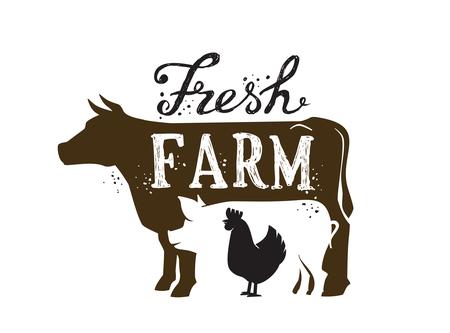Food for Thought
May 12, 2022

The Benefits of Local Community Supported Agriculture
As the weather begins to trend warmer across the U.S. and the sun shines brighter in the sky, we look forward to the days of farm fresh produce being readily available throughout the country. One of the ways consumers can connect directly to the source of their food is by purchasing a CSA (Community Supported Agriculture) share from a farm. By connecting farmers directly with consumers, the CSA model plays a critical role in creating a fair and resilient food system.
In return for their membership fee, consumers receive a share of the farm’s harvest. Consumers select their pick-up location from a list of options and the farm delivers a box of fresh fruits, vegetables and other farm products each week.
Benefits for Farmers
• When CSA members purchase their share in advance, they provide the capital to buy seed and other inputs necessary to begin the growing season.
• Selling directly to consumers allows the farmer to keep more of the profits to reinvest in the local community. According to the USDA, approximately 14% of each dollar spent on retail food purchases goes to farmers, and the rest goes toward food processing, transportation and advertising.
Benefits for Consumers
• Seasonal, locally grown produce is delivered to consumers within hours or days of harvest, increasing the freshness, flavor and nutritional value of the food.
• Exposure to a variety of options allows people to expand their palate by incorporating new fruits and vegetables into meals.
Benefits to the Environment
• Shopping locally can reduce carbon footprint by reducing packaging needs and minimizing transportation, pollution and long-haul refrigeration costs.
• With pre-purchased CSA shares, farmers can spend less time on marketing and more time on implementing sustainable farming practices.
In Minnesota, there are more than 80 Minnesota Grown CSA farms statewide and more than 160 pick-up locations. You can find CSA farm locations across the country by searching the USDA’s local food directory site. Consumers who purchase a CSA share are able to enjoy sustainably grown food along with the comfort of knowing exactly where it came from and how it was produced.
-------------------------------------------------------------------------------------------------------------------------
Integrated Food Systems Leadership (IFSL) Program
The University of Minnesota online IFSL program fosters leadership, collaboration, and innovation across all aspects of the food system. The dynamic format allows you to create the best program for your goals, including individual courses, a 12-month graduate certificate, and a master’s degree. Contact us for more information on how to create your specific future degree.